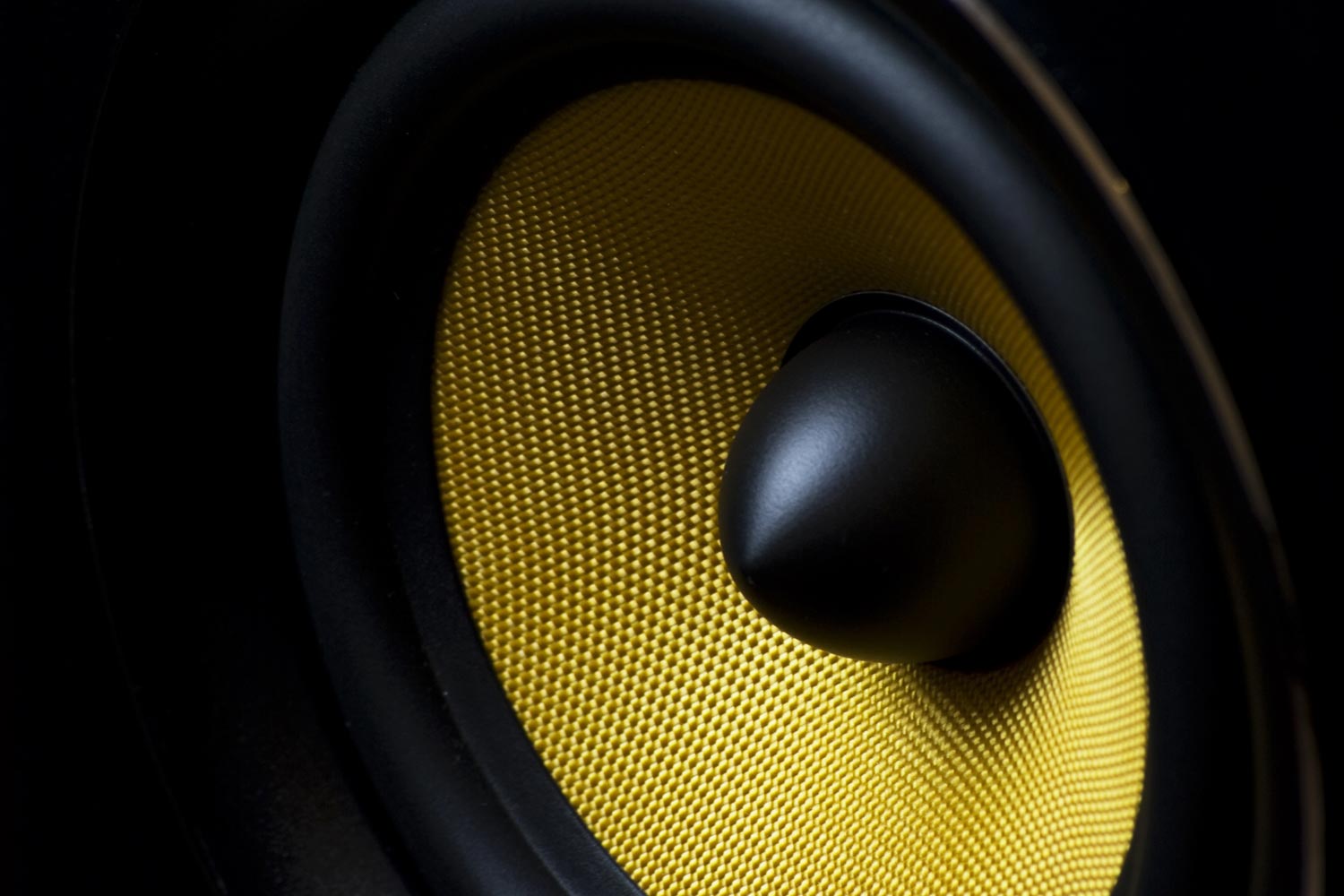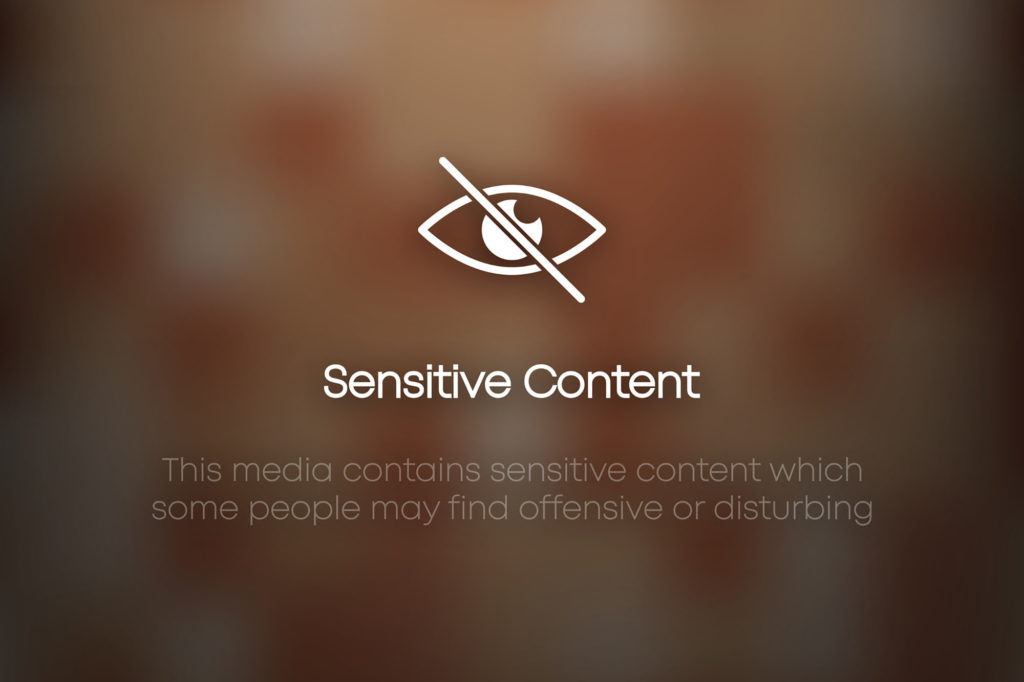DVDdoug
Major Contributor
- Joined
- May 27, 2021
- Messages
- 4,453
- Likes
- 6,134
Amplifiers don't affect soundstage unless there is some processing. If an amplifier makes a difference it's probably imaginary and the effect will disappear (or become unrelated to the amplifier) in a blind listening test. Apparently EQ can have side-effects on the perception of soundstage.
I think sound bouncing around the room adds to the perception of width. So maybe omnidirectional speakers (or the old Bose 901 speakers) in big room with hard surfaces?
Of course moving the speakers farther apart will widen the soundstage.
I think sound bouncing around the room adds to the perception of width. So maybe omnidirectional speakers (or the old Bose 901 speakers) in big room with hard surfaces?
Of course moving the speakers farther apart will widen the soundstage.
"Tricks" can be done with delays & phase. If you reverse the connection to one of your speakers it will be out-of-phase with the other and you'll get some weird spacey effects. (or you can invert one channel digitally in Audacity, etc.). (That will also cause the bass soundwaves to mostly-cancel.)And is that effect comparable to apply a small percentage of “stereo widening” effect on the music production side?
Sound perception in an acoustic environment is complicated but the electronic & digital side of things is well defined and straight forward. See Audiophoolery and What is a blind ABX test?There is a lot of gray ground when it comes to hifi in my opinion.
Last edited:


